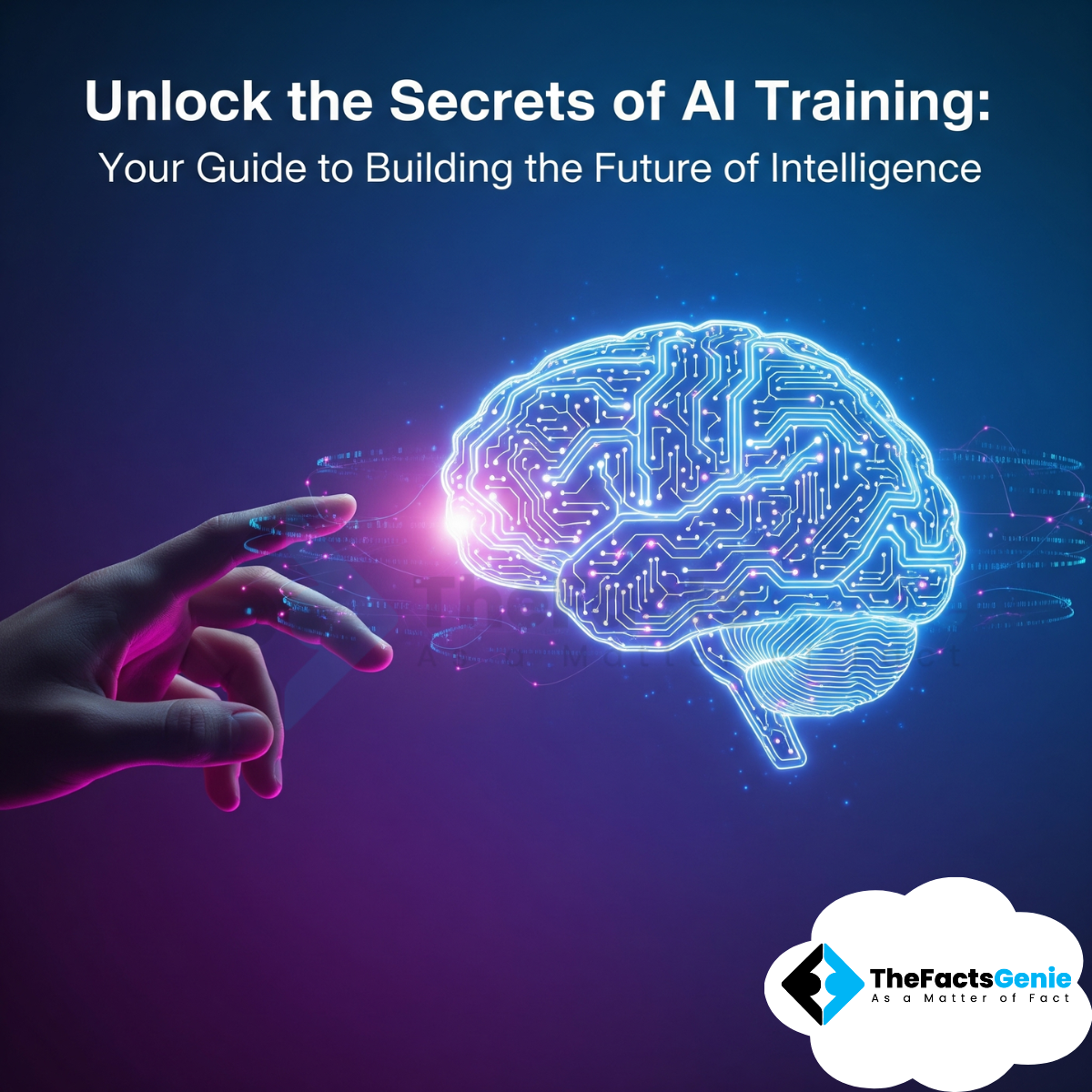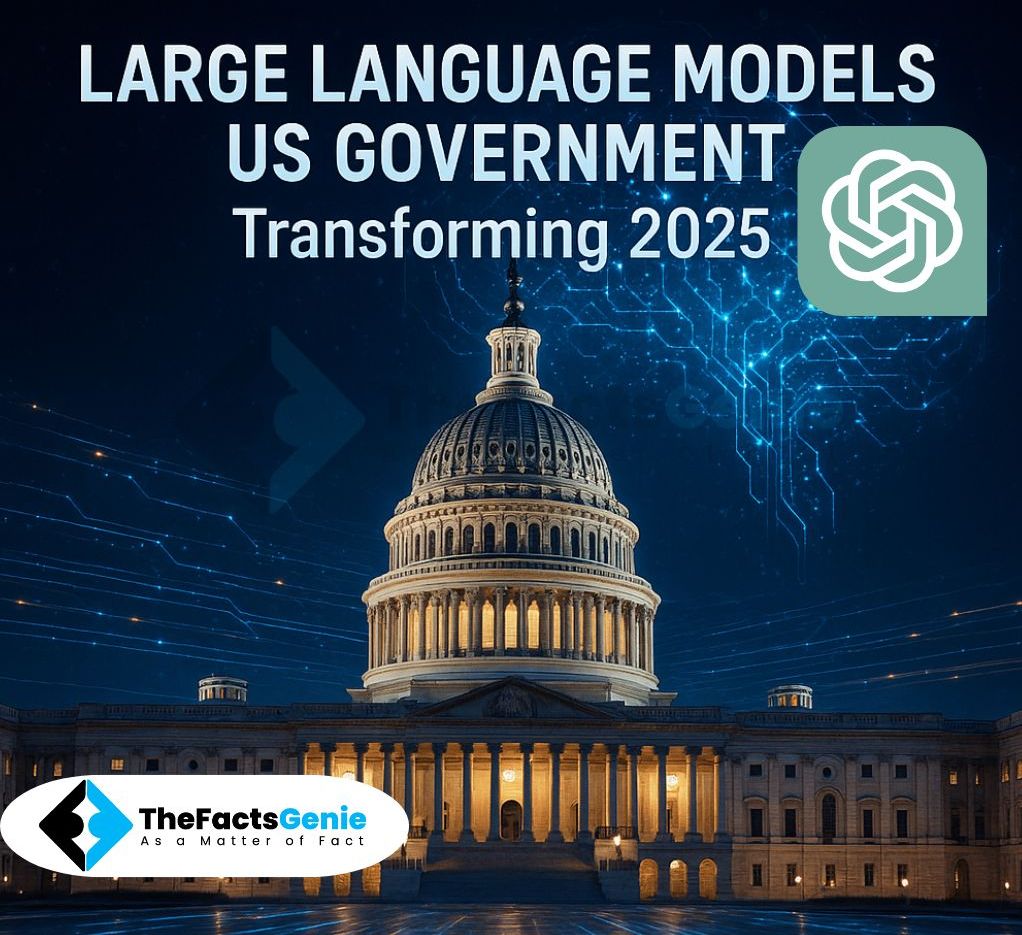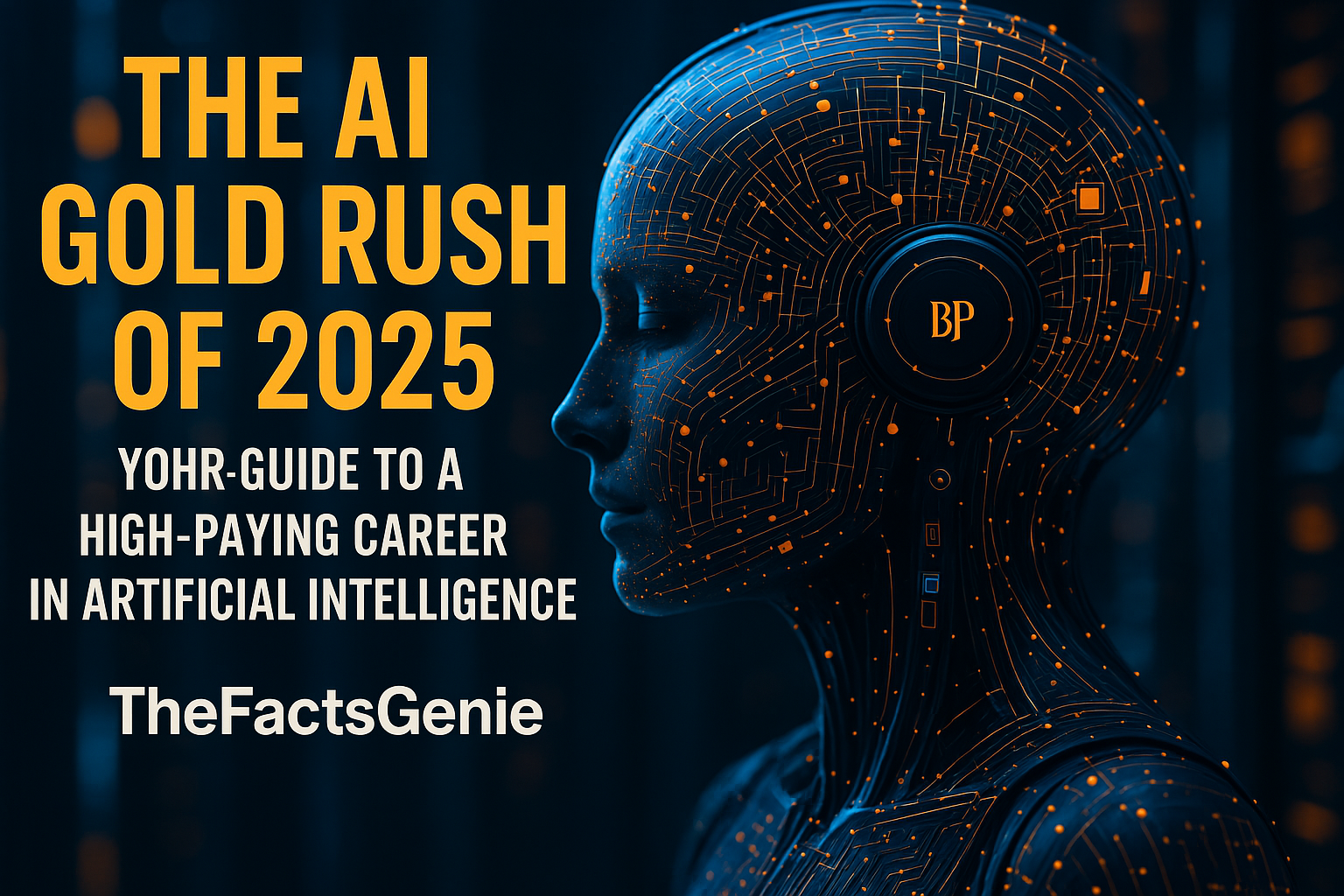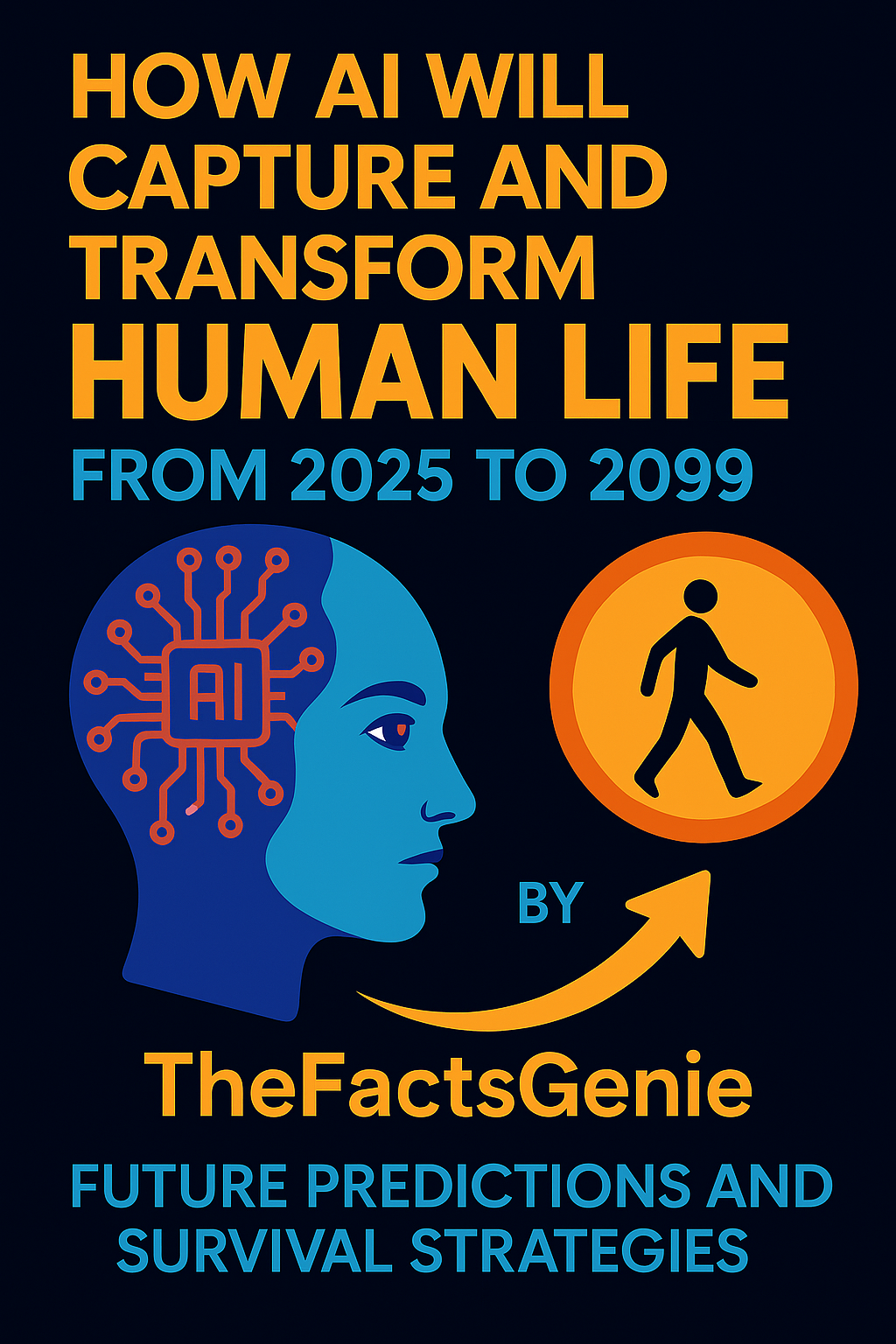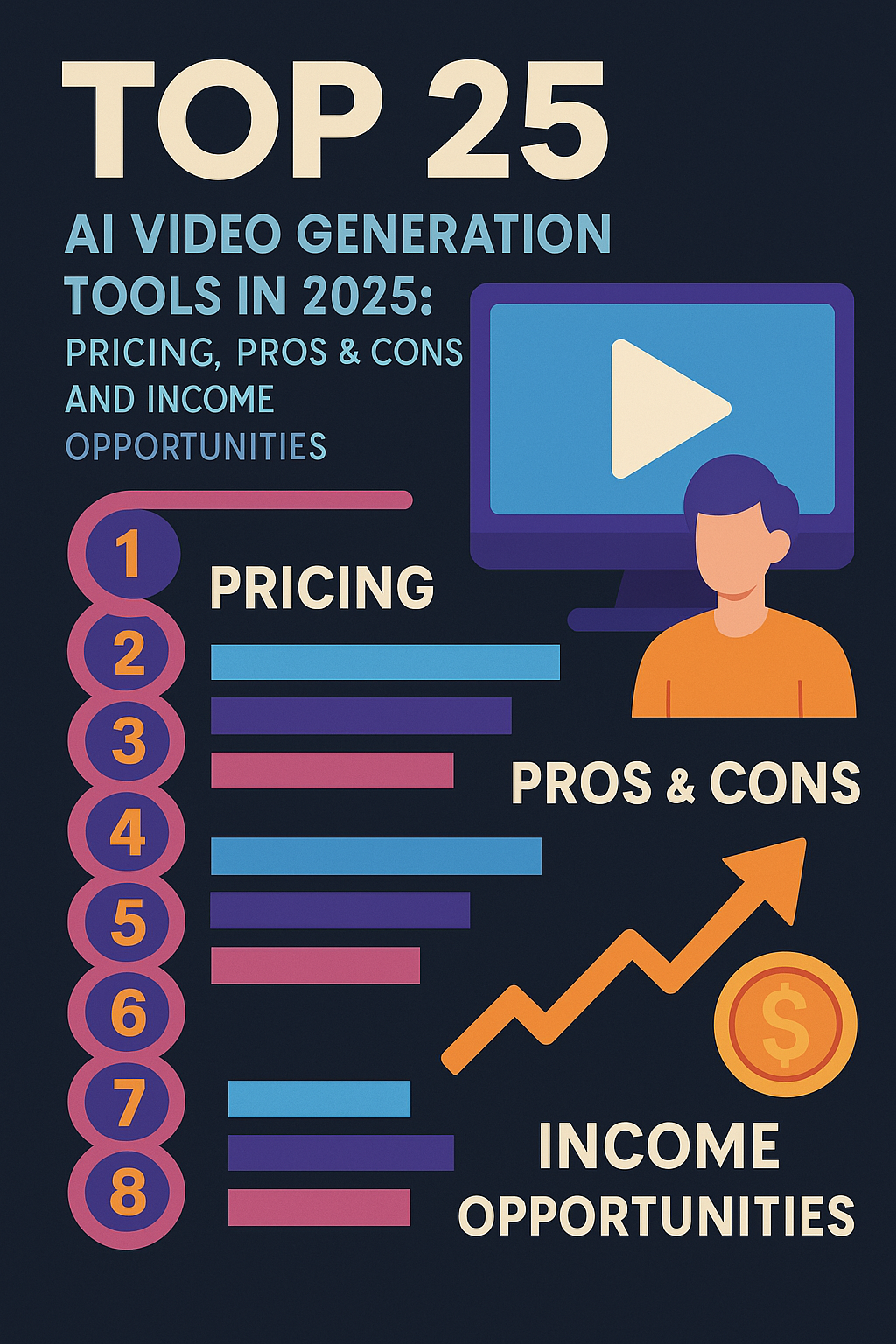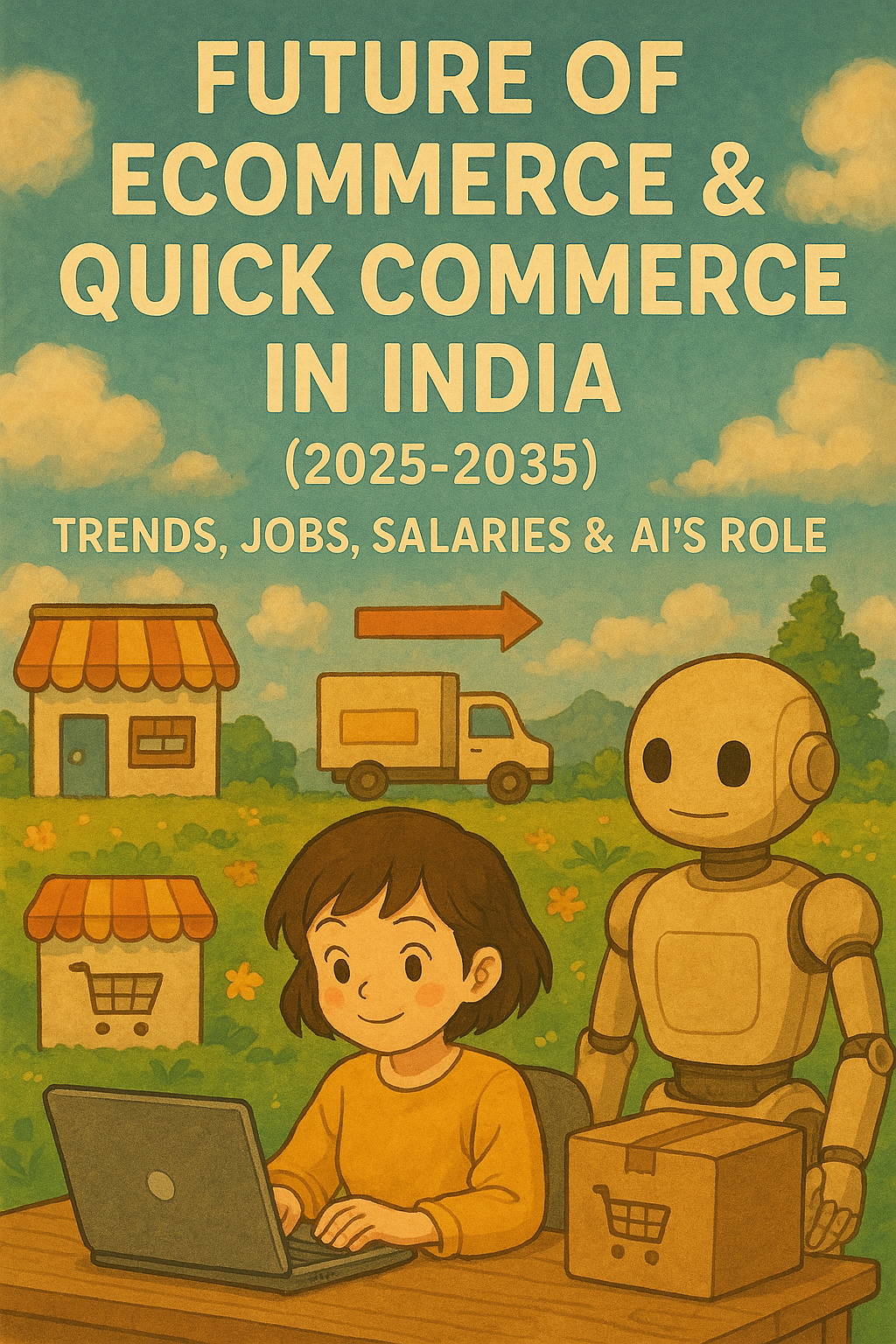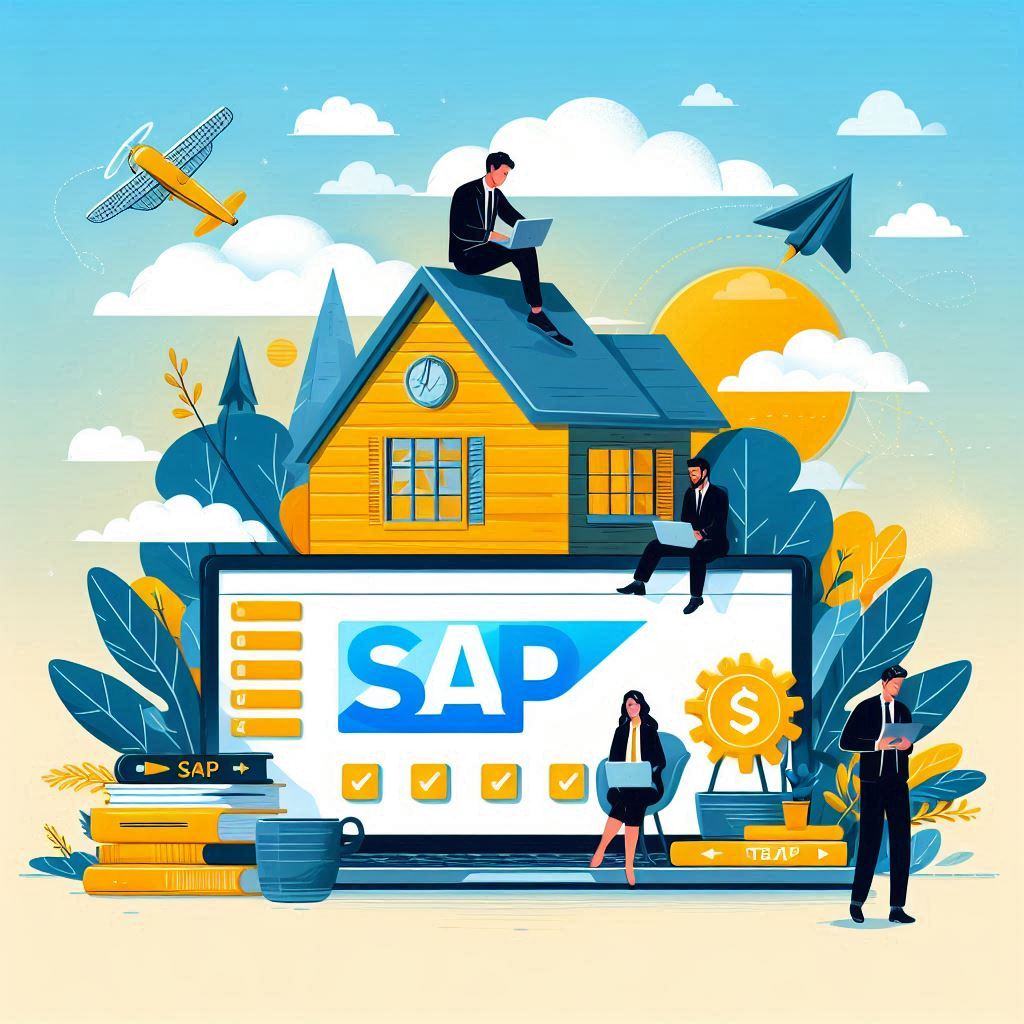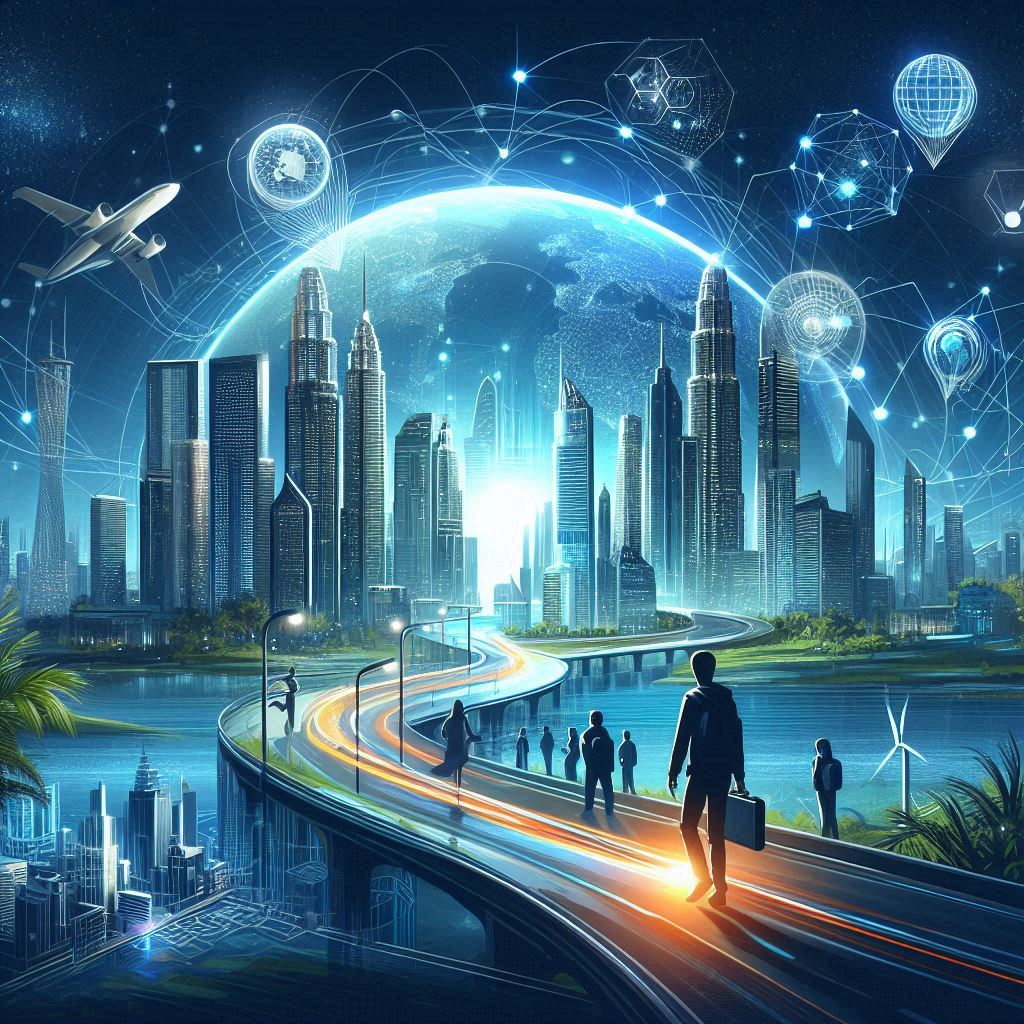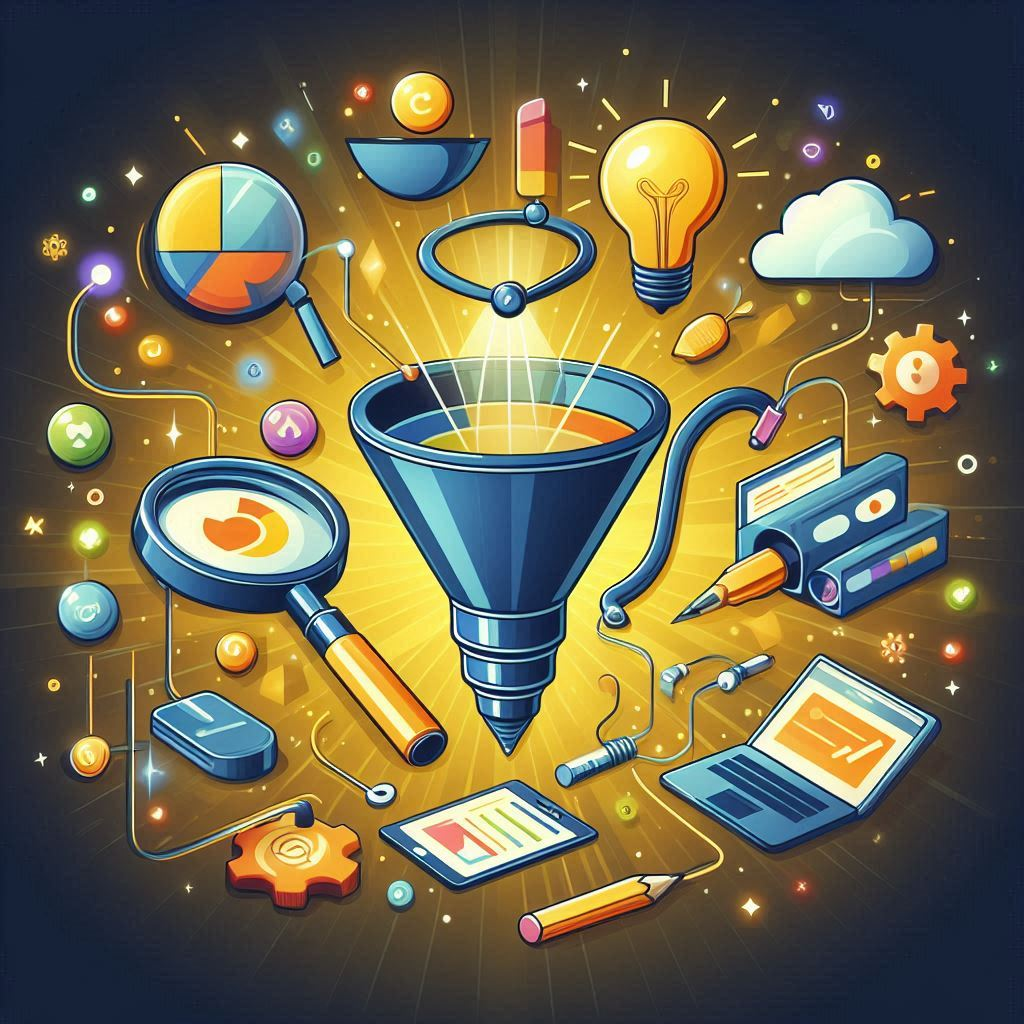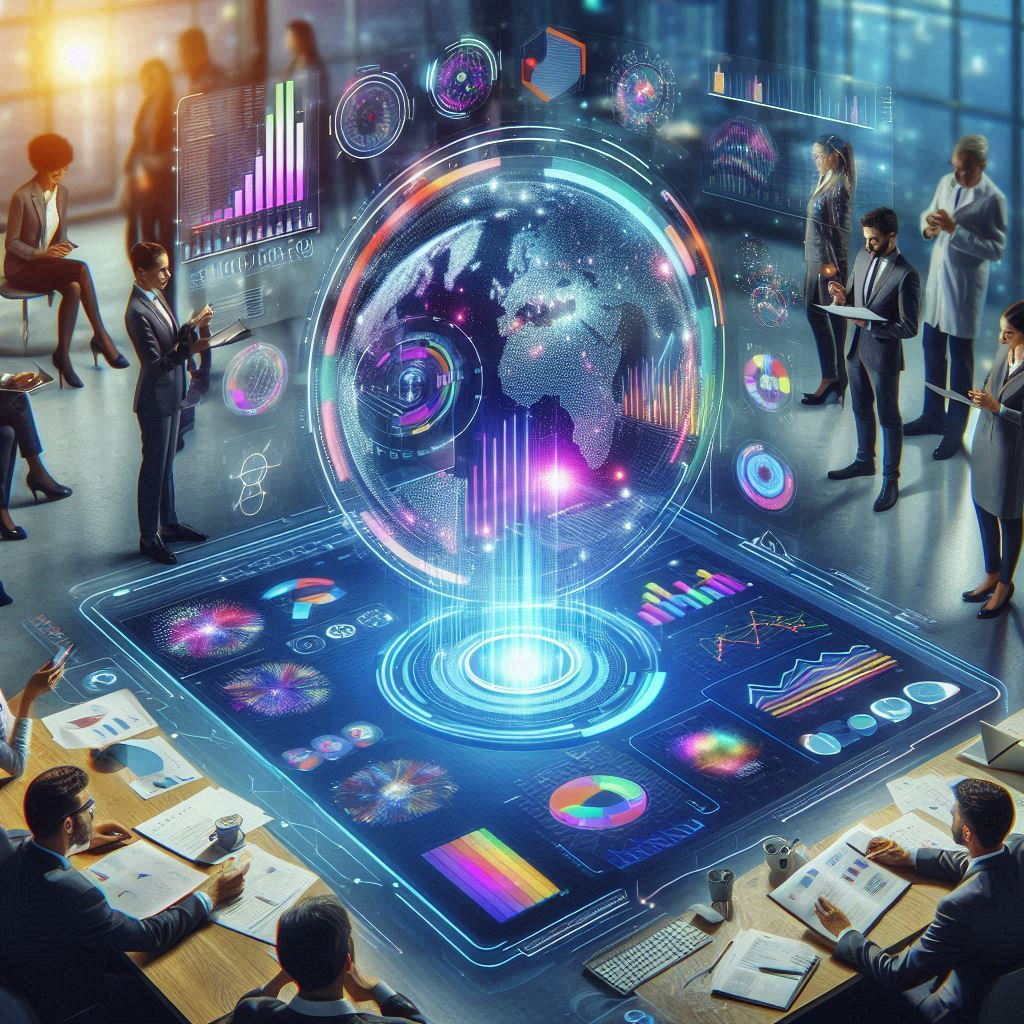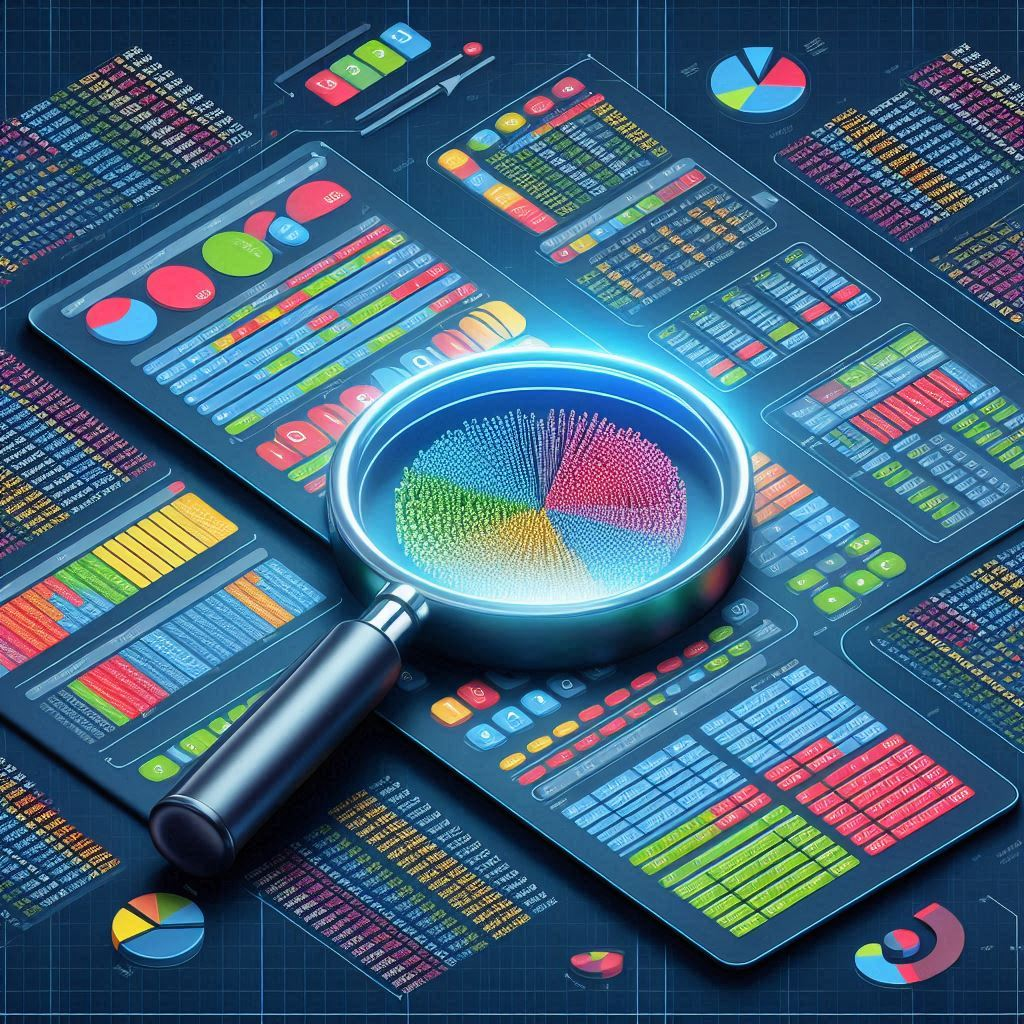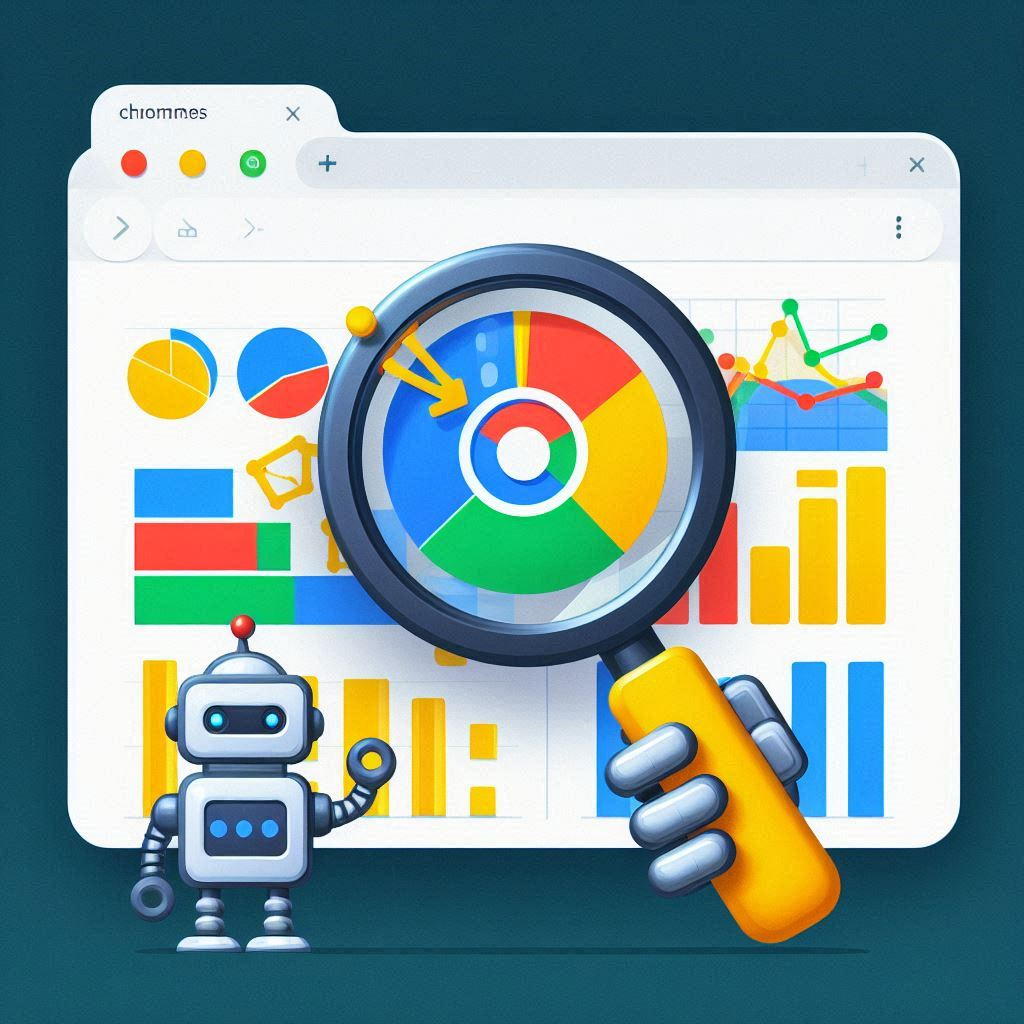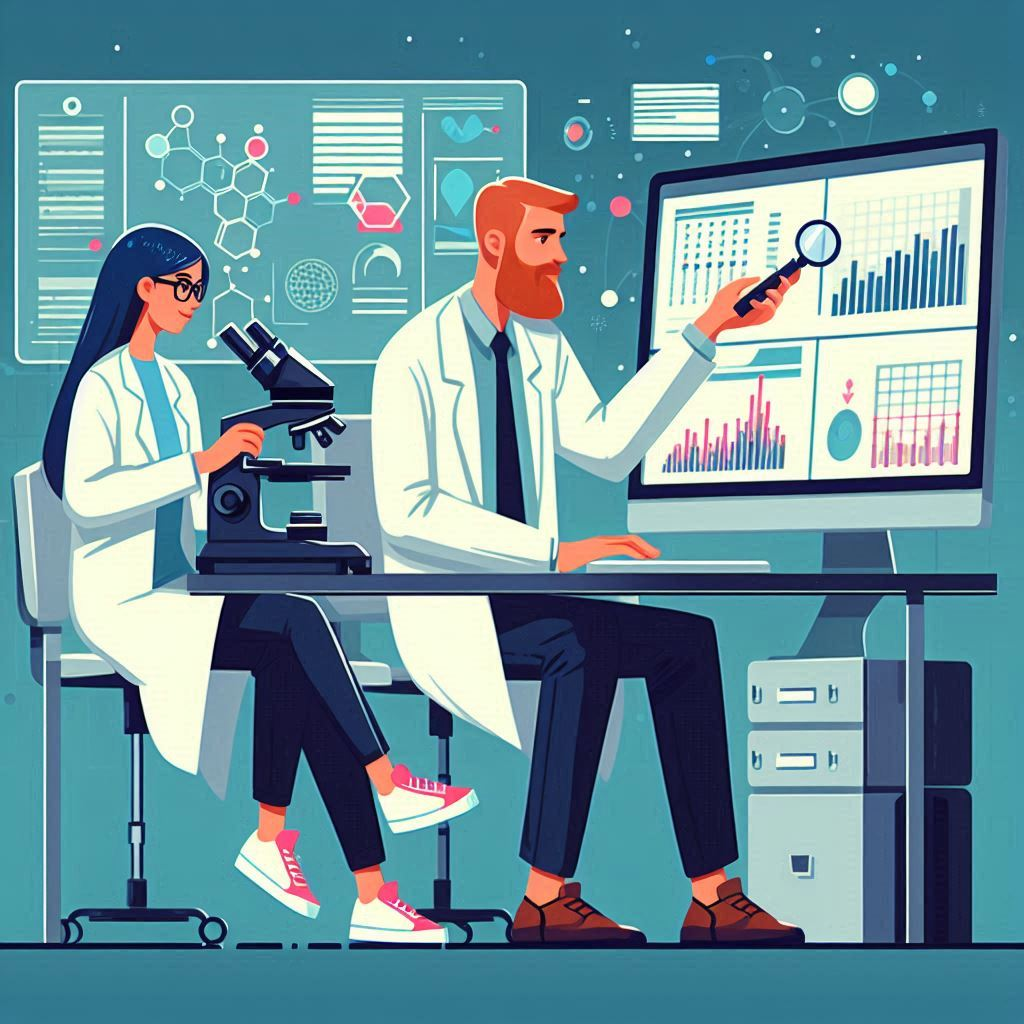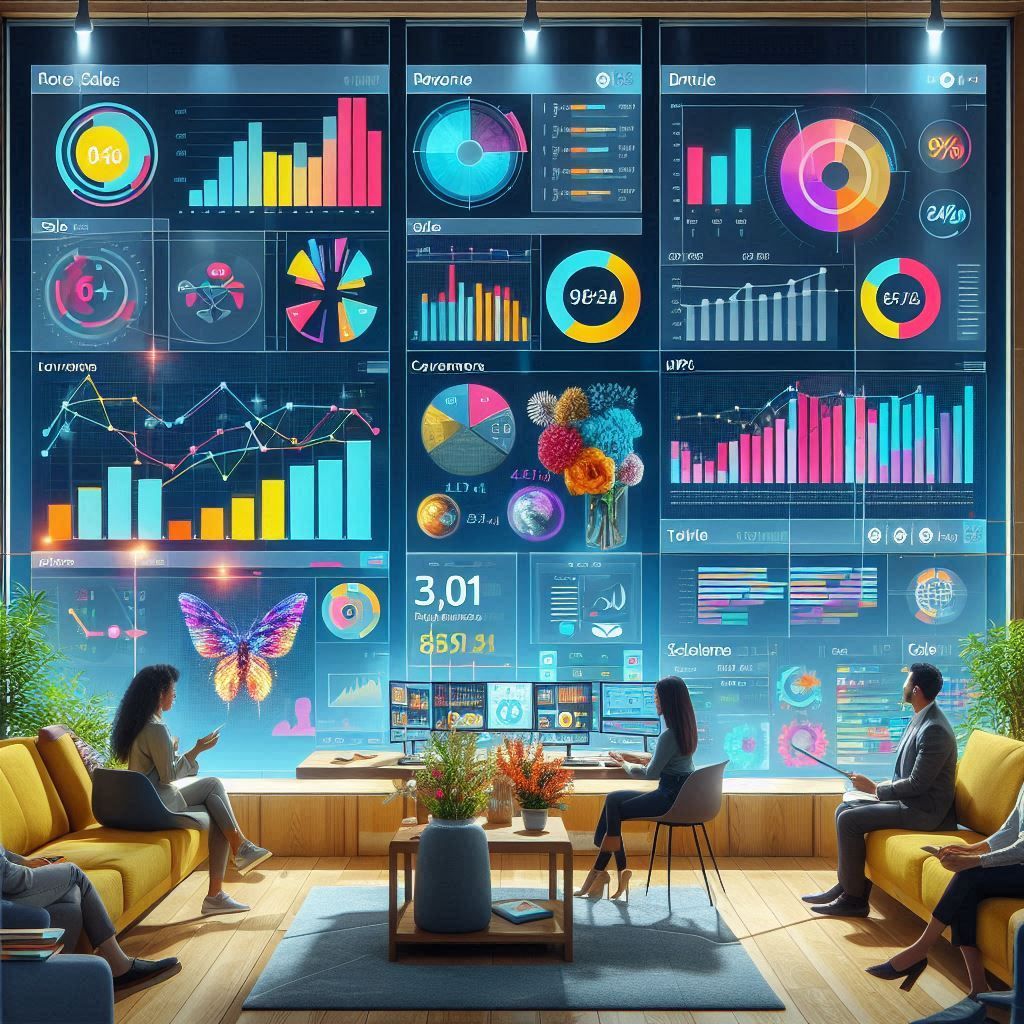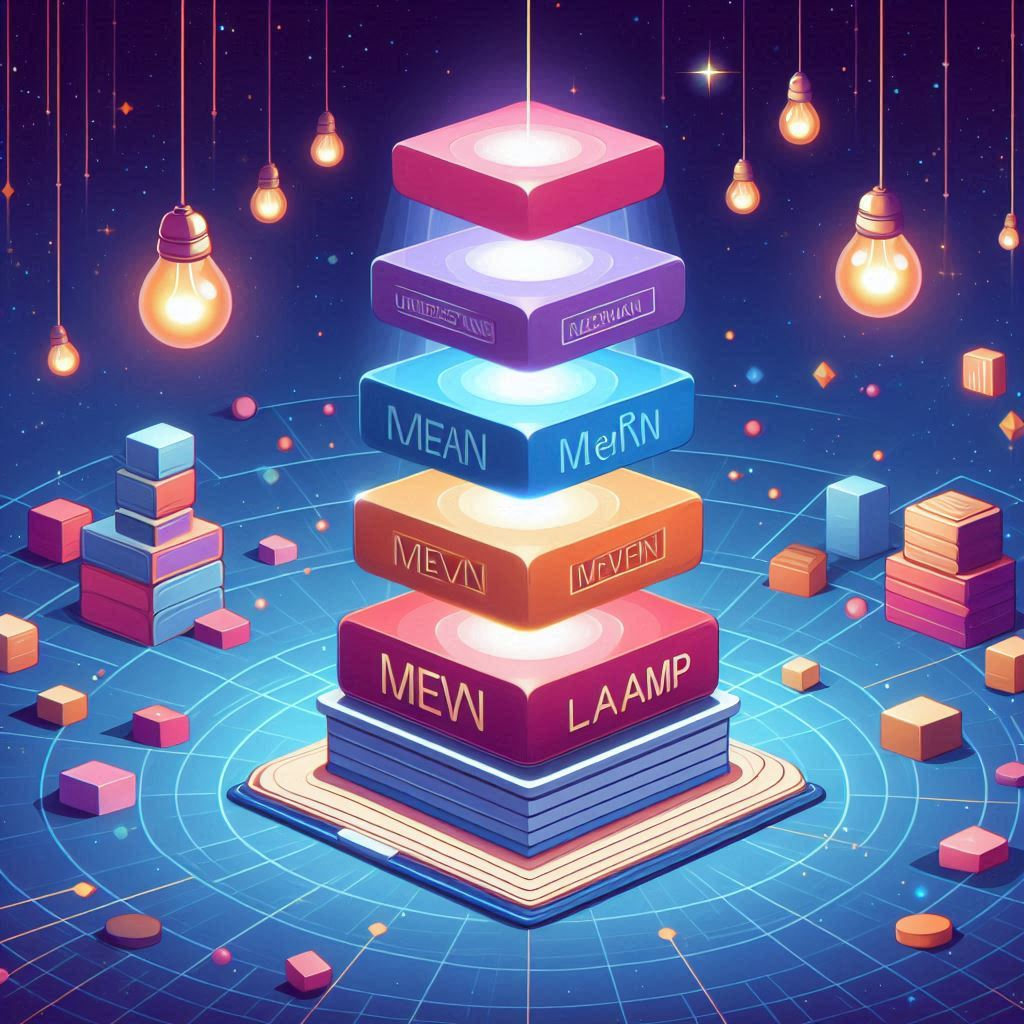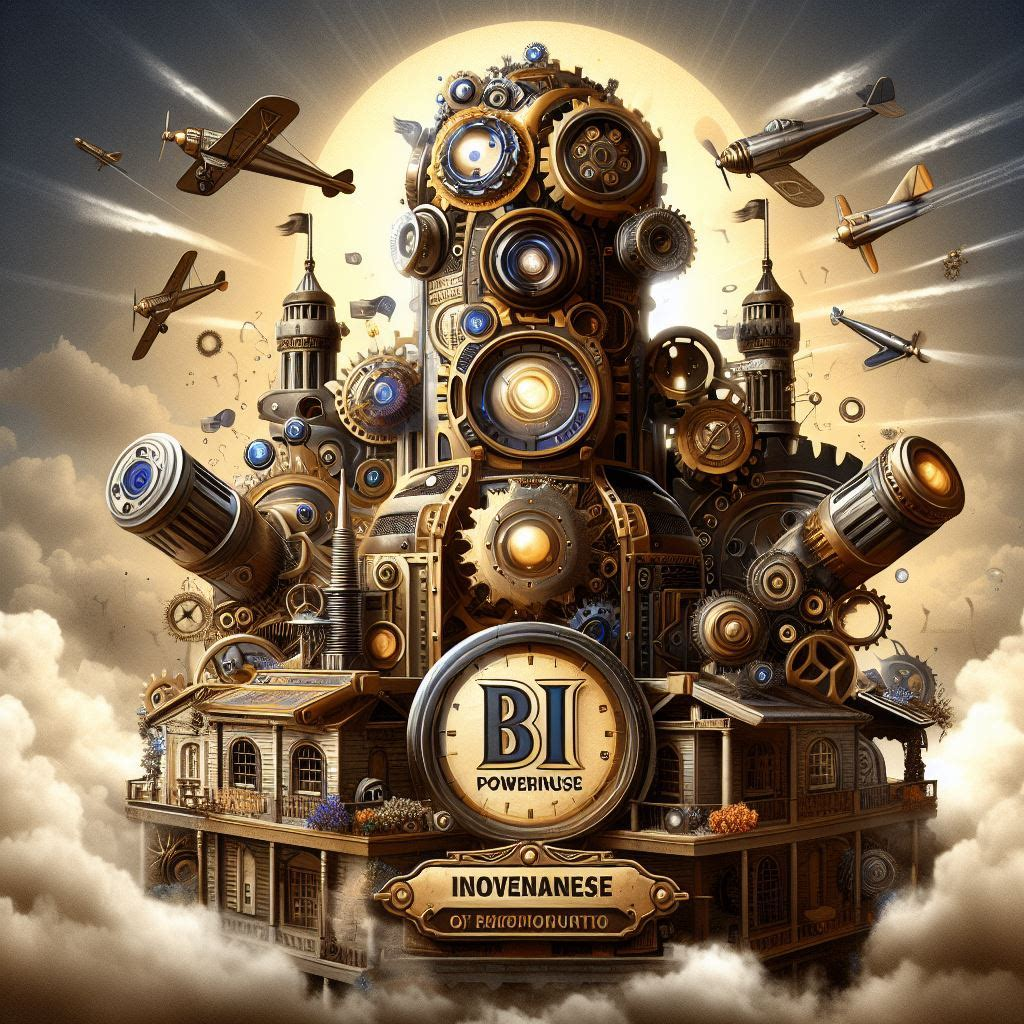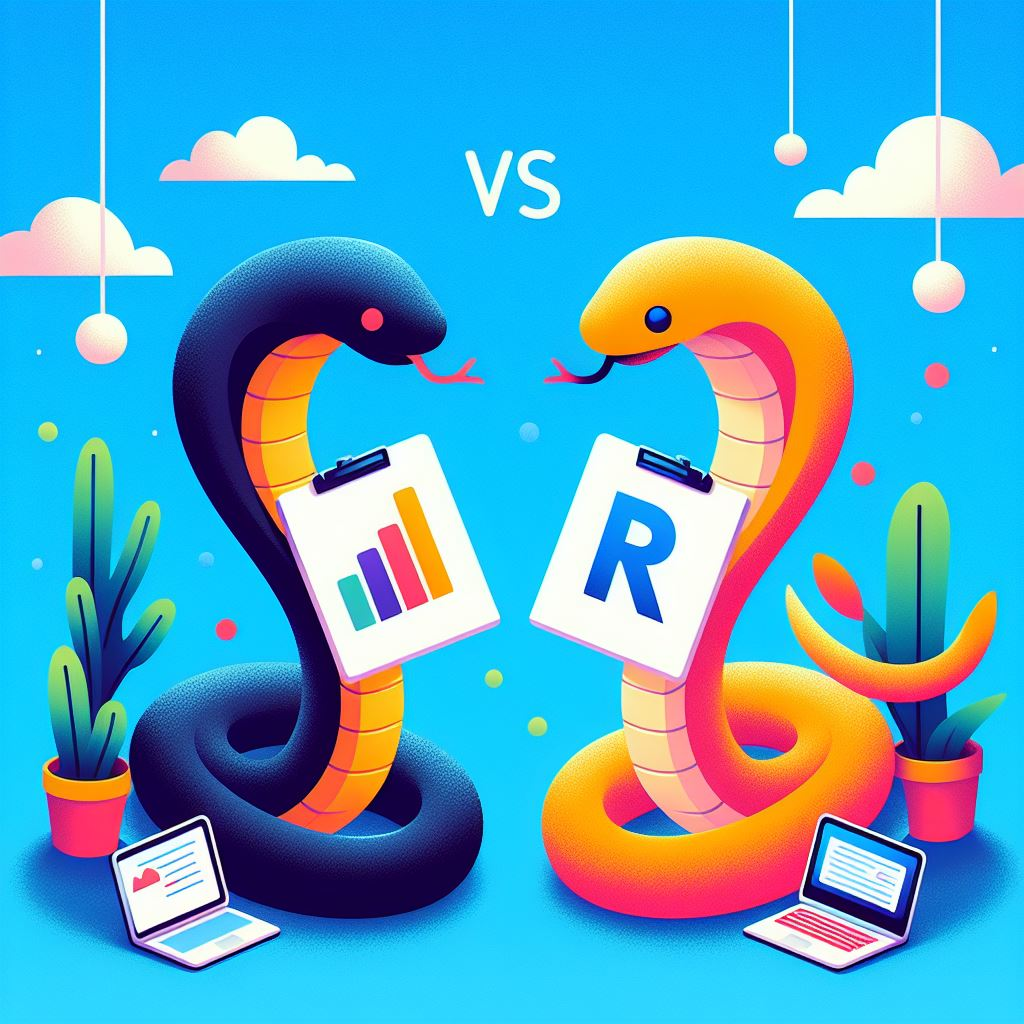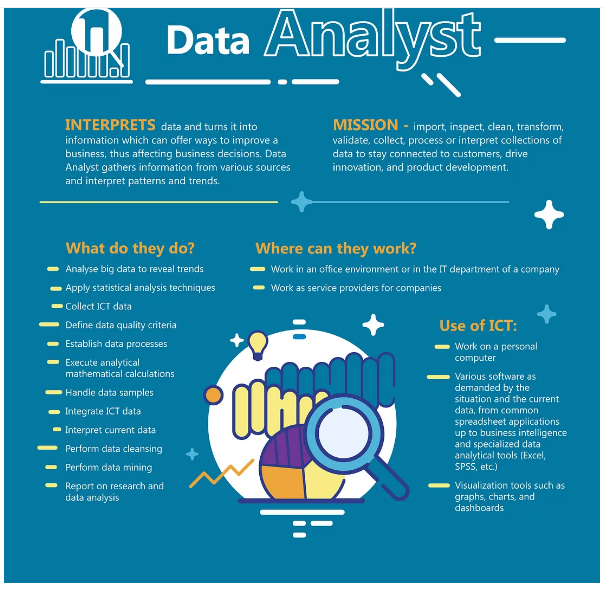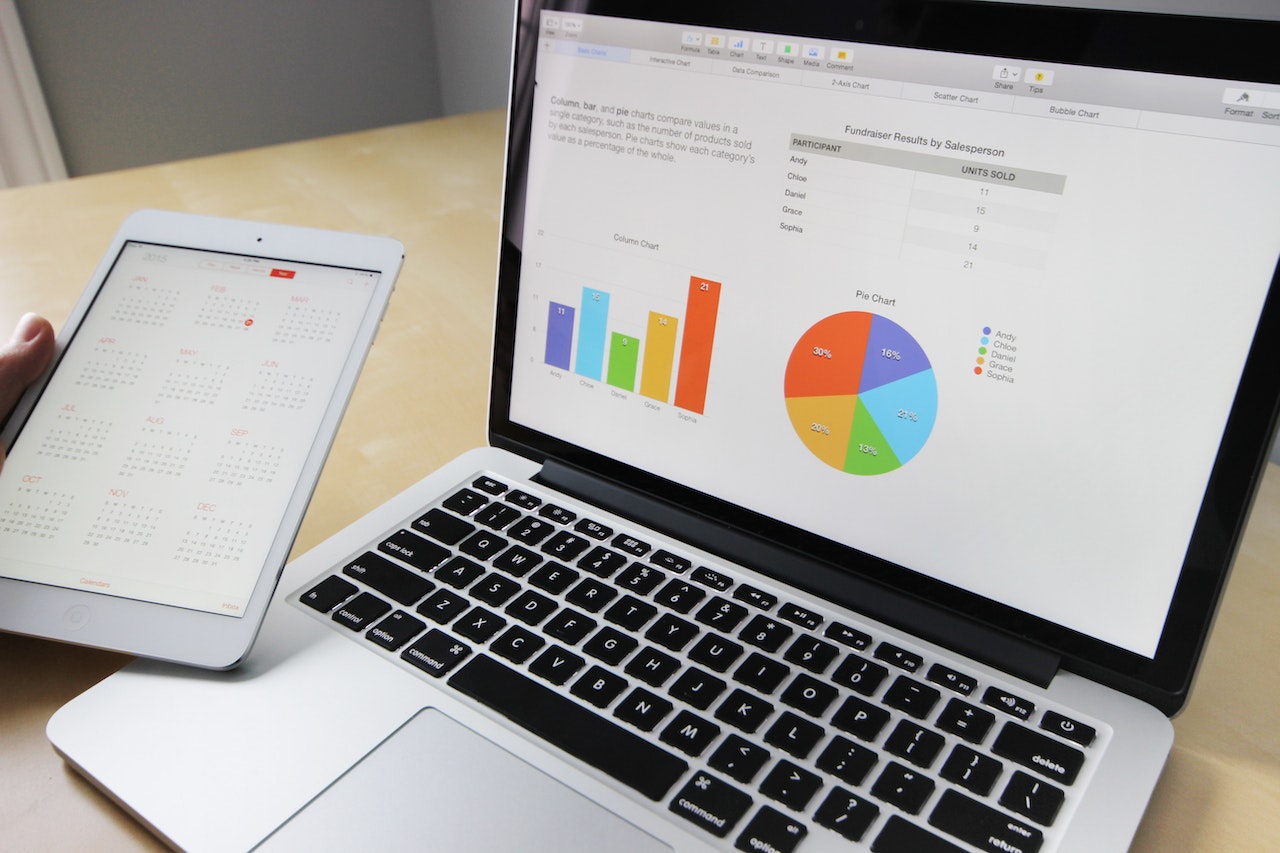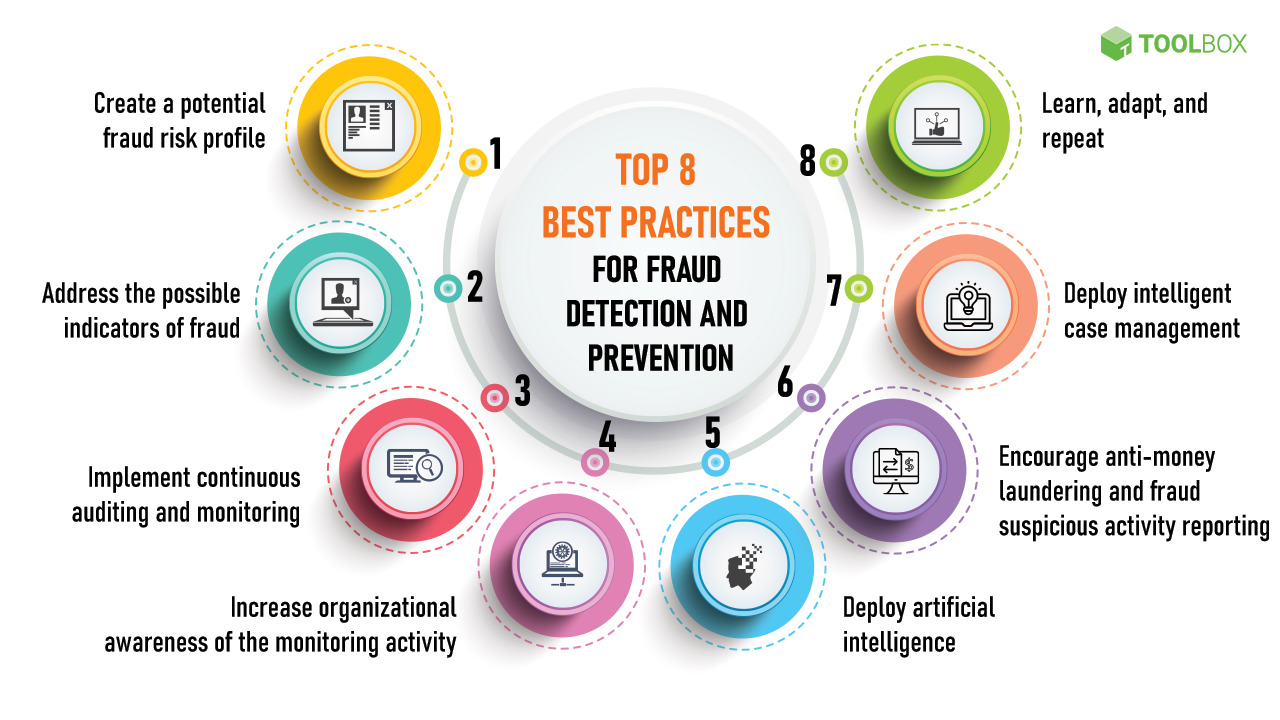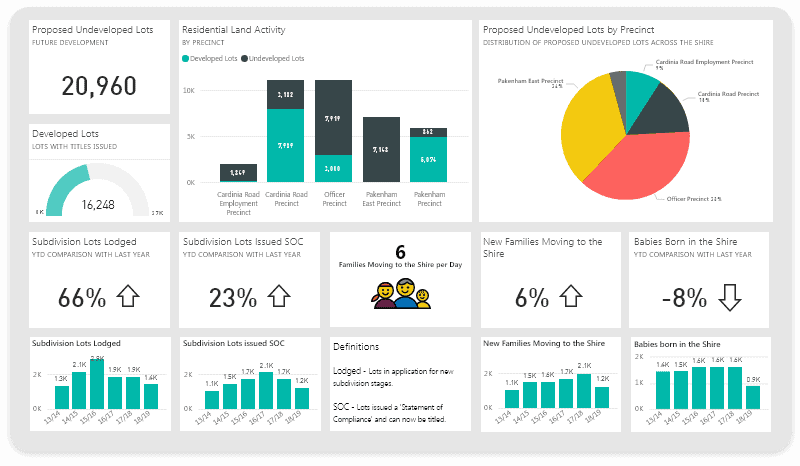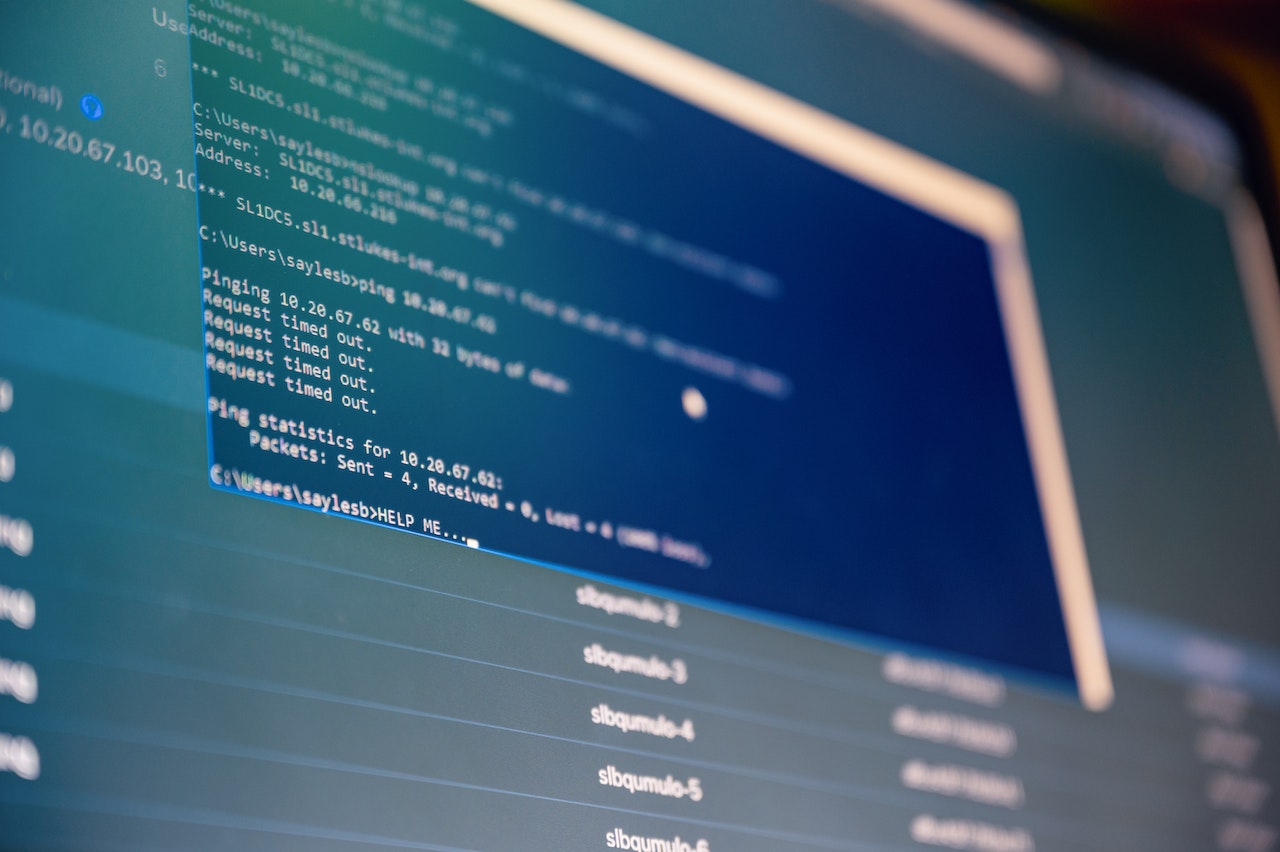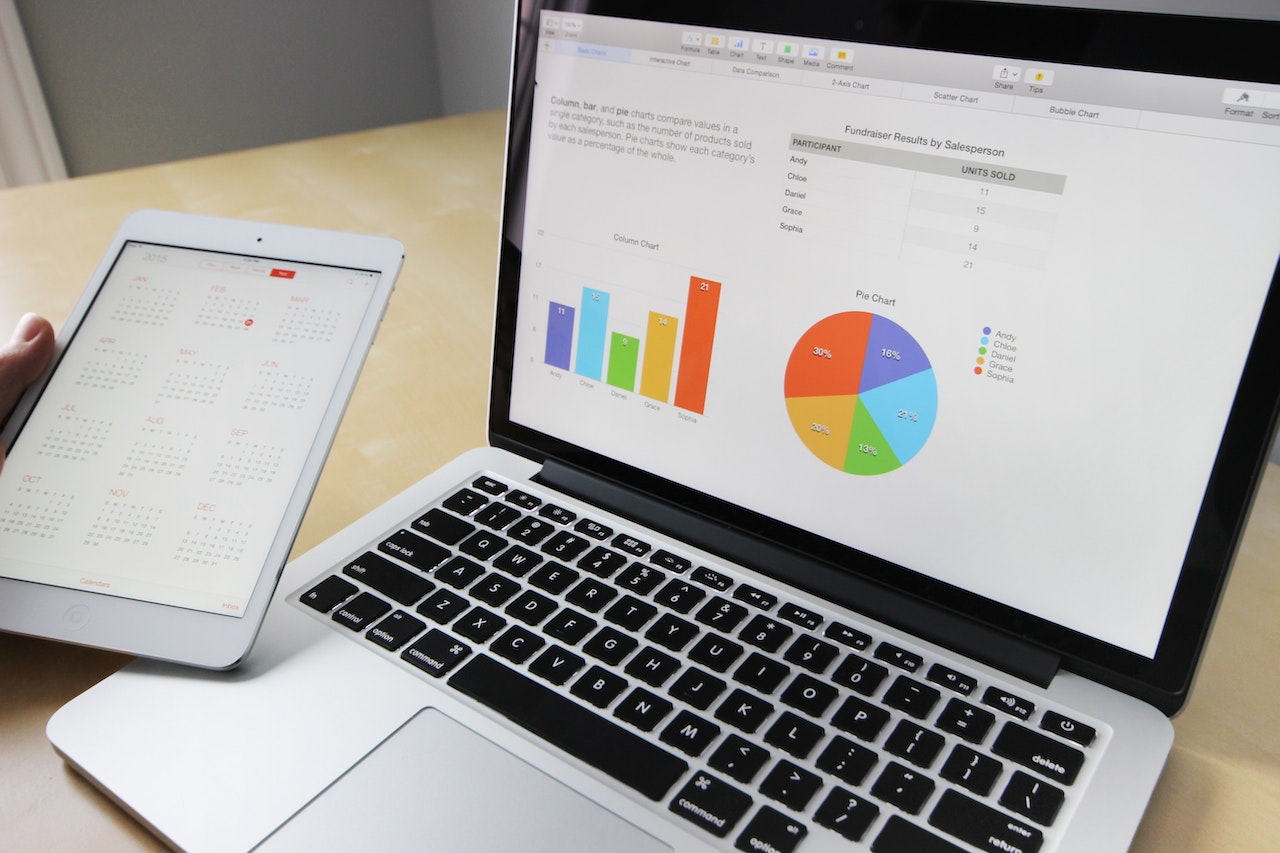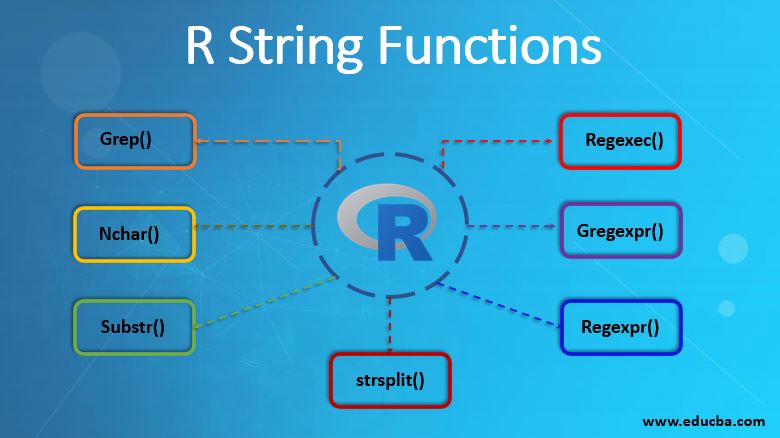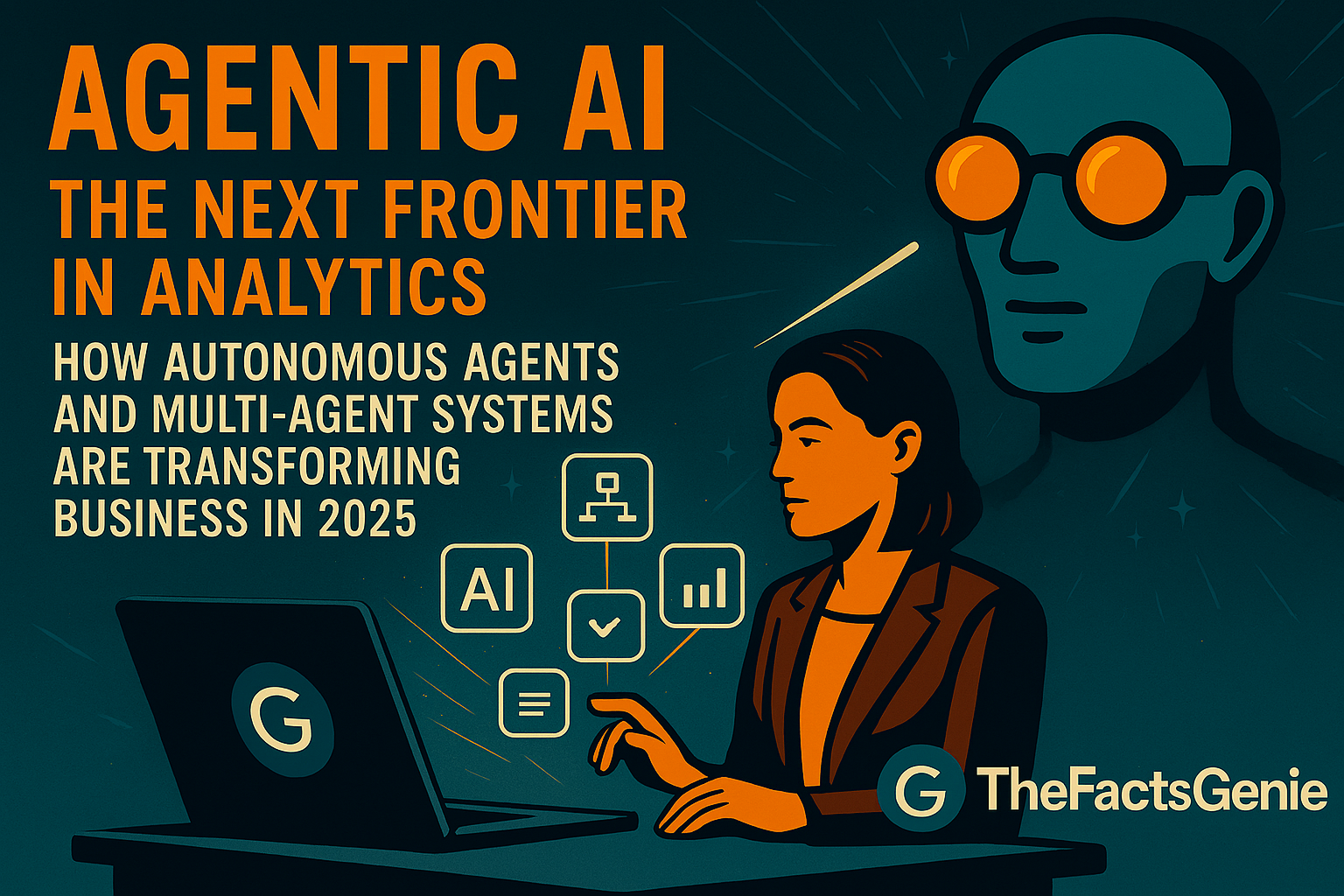
Agentic AI is redefining analytics, business intelligence, and decision automation in 2025. Discover what agentic AI is, why it’s trending, real-world applications, benefits, challenges, and how your business can prepare for this paradigm shift.
Agentic AI: The Next Frontier in Analytics
Introduction
The technology landscape is witnessing a surge in Agentic AI—autonomous AI agents and multi-agent systems. In 2025, as businesses increasingly seek to automate, optimize, and innovate, agentic AI stands out as both an emerging and highly searchable trend reshaping analytics, business decision-making, and organizational strategy. Leading organizations are rapidly leveraging agent-based systems to unlock unprecedented value from their data, streamline complex workflows, and achieve real-time insight and action.
What is Agentic AI?
Agentic AI refers to intelligent software agents with the ability to operate autonomously, perceive their environments, reason, make decisions, take actions, and collaborate—without requiring explicit, step-by-step human instructions. Unlike traditional rule-based bots or passive AI models, agentic AI embraces agency:
-
Understanding goals and context
-
Planning and learning independently
-
Engaging proactively with other agents or humans
-
Adapting to changing circumstances and improving over time
Multi-agent systems (MAS) expand this concept further, enabling a network of AI agents—each with specialized skills—to cooperate, negotiate, and complete complex, cross-functional tasks, much the way human teams do, but at machine speed and scale.
Why is Agentic AI a 2025 Megatrend?
A combination of business needs and technological advances has propelled agentic AI into the spotlight:
-
Explosion of Data: Businesses generate more data than ever, making it impossible for humans alone to manage or interpret in real time.
-
Demand for Real-Time Analytics: Static dashboards and passive analytics are being replaced by agents that detect disruptions, simulate scenarios, and recommend or execute actions instantly.
-
Automation Beyond RPA: Enterprises are moving beyond Robotic Process Automation (RPA) for repetitive tasks, aiming for true end-to-end decision automation using autonomous agents.
-
Composable Business Operations: Multi-agent systems can be easily assembled and reconfigured, enabling organizations to pivot quickly and experiment with digital strategies on the fly.
Key Features and Capabilities
-
Goal-Oriented, Not Just Task-Oriented: Agents interpret high-level goals and break them down into executable actions, even adapting as situations evolve.
-
Contextual Reasoning: The ability to understand business context, environmental factors, and stakeholder intent makes agentic AI uniquely powerful.
-
Continuous Learning and Adaptation: Agents improve through feedback and self-reflection, refining their approach as they process more data and outcomes.
-
Interoperability: Modern agents integrate with legacy systems, APIs, cloud platforms, and IoT, making them highly versatile across industries.
Real-World Applications of Agentic AI
1. Finance
-
Autonomous Portfolio Optimization: AI agents assess market conditions, investor preferences, and risk profiles to automatically rebalance portfolios, manage liquidity, and mitigate risk.
-
Fraud Detection: Continuous monitoring and collaboration among agents uncover sophisticated and evolving fraud patterns in real time.
2. Healthcare
-
Patient Care Coordination: Multi-agent systems optimize resource allocation, appointment scheduling, and personalized treatment plans based on live data.
-
Predictive Analytics: Agents forecast disease outbreaks, hospital admissions, and medication shortages to assist with proactive intervention.
3. Retail & Supply Chain
-
Smart Inventory Management: Agents predict demand, monitor logistics, manage stock levels, and automate replenishment—driving down costs and improving fulfillment.
-
Personalized Shopping: Digital agents provide curated recommendations and enhanced customer experiences based on individual behavior and external trends.
4. Smart Cities & IoT
-
Traffic & Utilities Management: Agents interpret real-time sensor data to optimize traffic flows, energy usage, public safety, and emergency responses.
5. Human Resources
-
Talent Acquisition: AI agents autonomously screen resumes, schedule interviews, and facilitate onboarding, making hiring processes smoother and more efficient.
Business Benefits
-
Hyper-Efficiency: Agents operate continuously, handle repetitive and complex work, and reduce manual errors.
-
Scalability: Multi-agent frameworks can handle increasing business complexity without proportionally increasing costs or headcount.
-
Faster, Better Decisions: Autonomous analytics agents provide proactive insights and trigger automated responses, dramatically reducing decision-making time.
-
Cost Savings: Automated orchestration and exception management lower operational expenses and free up human talent for creative or strategic work.
Challenges and Risks
Despite their promise, agentic AI systems are not without hurdles:
-
Transparency & Explainability: Autonomous agents must be auditable and explainable—businesses need to understand their reasoning, not just their outputs.
-
Security: More autonomous digital actors expand the attack surface for cyber threats; secure design is essential.
-
Ethical & Regulatory Compliance: Autonomous agents may encounter ambiguous ethical or legal situations, making governance and oversight critical.
-
Human Workforce Displacement: Automation raises questions about job roles and the future of work, requiring proactive upskilling and reskilling strategies.
How to Prepare for the Agentic AI Revolution
-
Upskill Your Teams: Educate and train business and technical staff in agent-based modeling, AI governance, and new analytics paradigms.
-
Start Small, Scale Fast: Launch pilot projects in high-impact areas (e.g., supply chain, finance, customer engagement) and rapidly iterate based on results.
-
Invest in Infrastructure: Adopt modern data architectures and cloud integration strategies that support agent orchestration and real-time analytics.
-
Focus on Governance: Establish clear rules for agent decision boundaries, accountability, and compliance from day one.
-
Engage Ecosystem Partners: Collaborate with AI vendors, industry think tanks, and academic partners to stay ahead of best practices and innovations.
Agentic AI: Technical Analysis, Core Technologies, and Implementation Methods (2025)
Agentic AI represents one of the most transformative advancements in analytics and artificial intelligence in 2025. Here is a detailed technical breakdown of how agentic AI and multi-agent systems work, the underlying technologies, and practical methods for implementation:
1. Technical Analysis: How Agentic AI Works
Agentic AI systems operate through a structured cycle:
-
Perceive: Agents gather and process diverse data sources (sensors, databases, APIs) to interpret context and identify actionable patterns.
-
Reason: A reasoning engine, often driven by large language models (LLMs) or domain-specific AI, plans multi-step actions, makes decisions, and allocates subtasks. Retrieval-augmented generation (RAG) techniques connect agents with up-to-date proprietary or external knowledge.
-
Act: Agents interact with digital systems through APIs, triggering processes, integrating with enterprise software, or even controlling physical devices in IoT setups.
-
Learn: Continuous feedback (the “data flywheel”) enables agents to self-improve through machine learning, reinforcement learning, and user input—boosting accuracy and autonomy over time.
Multi-agent systems expand this by enabling coordinated behavior, negotiation, and joint task execution among multiple specialized agents.
2. Technologies in Agentic AI and Multi-Agent Systems
A. Communication Protocols
-
FIPA-ACL: The Foundation for Intelligent Physical Agents Agent Communication Language is the de facto standard for structured agent-to-agent messaging.
-
Message Brokers: Tools such as Apache Kafka and RabbitMQ manage real-time, reliable, scalable inter-agent and system communication.
-
REST APIs: Common for web-based and enterprise integrations, enabling agents to interact with cloud and software platforms.
B. Coordination & Orchestration Frameworks
-
JADE (Java Agent DEvelopment Framework): Supports agent lifecycle, messaging, and discovery, widely used for deploying robust agent architectures.
-
Jason: An AgentSpeak-based platform emphasizing autonomous, logic-based reasoning.
-
Robot Operating System (ROS): Facilitates coordination and task sharing in robotics-focused multi-agent setups.
-
Consensus Algorithms: Paxos and Raft for safe distributed agreement, essential for agentic blockchains, distributed ledgers, or decision consensus.
C. Machine Learning & AI Models
-
Large Language Models (LLMs): Used for reasoning, planning, and natural language understanding.
-
Reinforcement Learning: For continuous adaptation based on environment feedback and changing goals.
-
Retrieval-Augmented Generation (RAG): Integrates LLMs with external knowledge bases for real-time, context-aware responses.
D. Swarm Intelligence & Optimization Algorithms
-
Swarm Intelligence Algorithms (SIA): Mimic collaborative behaviors from biology (e.g., ant colony optimization) for distributed and resilient problem-solving in large-scale tasks.
E. Tooling and Platform Examples
-
CrewAI, SuperAGI: Modern platforms for no-code and code-based development, deployment, and management of multi-agent orchestration and AI workflows.
-
Monitoring/Testing Frameworks: For validating agent decisions, workflow execution, and maintaining human oversight.
3. Implementation Methods & Best Practices
A. Preparation & Customization
-
Domain-Specific Knowledge: Train agents on proprietary data and business logic for high-quality, actionable decisions.
-
Pilot Projects: Begin with contained, high-value use cases (e.g., customer service, workflow automation) to validate and fine-tune agentic systems before scaling.
B. Deployment
-
Modular Architecture: Design agent systems as composable, loosely coupled modules, facilitating continuous improvement, scalability, and rapid iteration.
-
Integration: Seamlessly connect AI agents through APIs to ERP, CRM, data lakes, cloud systems, and IoT infrastructure.
-
Continuous Learning and Human Oversight: Agents should include mechanisms for ongoing performance monitoring, periodic human review, and correction for compliance and safety.
C. Governance and Security
-
Transparent Decision-Making: Utilize tools like SHAP or LIME for explainable AI insights into agent actions and decisions.
-
Security and Privacy Protections: Implement access controls, encrypted communications, role-based agent authority, and active monitoring to mitigate cyber and privacy risks.
-
Accountability and Boundaries: Define clear limits on what agents can autonomously execute versus when they must involve a human (“human-in-the-loop”)—critical for risk and compliance.
D. Scaling
-
Orchestration Managers: Sophisticated managers can dynamically assign tasks to suitable agents and optimize workflows for cost, speed, and resource use.
-
Specialization: Delegate tasks to specialist agents (data wranglers, planners, execution agents) for greater effectiveness and efficiency.
4. Real-World Example Areas
-
Smart Grid/Energy: Agentic AI optimizes power distribution, predicts maintenance, and balances renewable sources—leading to significant reductions in energy waste and maintenance costs.
-
Customer Service: Multi-agent platforms autonomously resolve up to 80% of support queries, reducing operational costs.
-
Content Creation: Specialized agents collaborate to research, draft, edit, and design digital content pipelines.
Conclusion
Agentic AI and multi-agent systems are transforming analytics, automation, and business intelligence in ways unimaginable just a few years ago. As 2025 unfolds, organizations embracing this paradigm are gaining a definitive competitive edge through speed, efficiency, and innovation. The agentic AI revolution has arrived—will your business seize its potential or get left behind?
Agentic AI is capturing the attention of forward-thinking data leaders for its promise of smarter, more autonomous analytics and digital business orchestration. Invest in understanding and piloting agentic AI today to future-proof your organization for tomorrow’s digital economy.
Disclaimer & Caution Notice
The information presented in this article is intended solely for educational and illustrative purposes, reflecting analytics, AI, and technology trends available up to July 2025. The insights regarding “Agentic AI,” autonomous AI agents, and multi-agent systems are based on industry observations, publicly available reports, and expert commentary, and not on any proprietary or official product.
Important Points to Consider
1. Educational and Illustrative Only:
Content provided here demonstrates conceptual frameworks, emerging trends, and potential applications of Agentic AI and multi-agent systems. It should not be interpreted as specific advice, product endorsement, or investment guidance.
2. Subject to Rapid Change:
The field of artificial intelligence, analytics, and automation is rapidly evolving. Features, best practices, risks, and market relevance of discussed AI technologies may change significantly after the date of publication. Always evaluate the recency and applicability of any information before acting.
3. Generalizations and Estimates:
Industry benefits, productivity gains, or technological capabilities described are generalized examples—actual outcomes vary widely depending on business context, deployment scale, data quality, team expertise, and integration with existing systems.
4. Not Endorsed or Guaranteed:
The author, publisher, and any associates/team at www.TheFactsGenie.com do not guarantee specific results and disclaim all responsibility for decisions or consequences arising from the use of information provided herein.
5. No Technology is Infallible:
While Agentic AI systems show significant promise in data analytics and autonomy, all AI and multi-agent technologies—no matter how advanced—are subject to limitations, errors, and operational risks. Always apply thorough review, validation, and human oversight, especially for critical, compliance-driven, or security-sensitive workflows.
6. Security and Privacy:
Integration of advanced AI agents may introduce unforeseen vulnerabilities or privacy risks. Carefully assess all deployments for data protection, compliance, and responsible AI use.
7. Not Legal or Professional Advice:
Nothing in this article should be construed as legal, financial, technical, or professional advice. For questions regarding compliance, data privacy, intellectual property, or project investment, consult a qualified professional or subject-matter expert.
8. User Responsibility:
Readers are strongly encouraged to conduct independent research and exercise due diligence before implementing or relying on agentic AI tools or strategies described. Technology adoption should always be evaluated for organizational compatibility, ethical implications, and business requirements.
9. Context and Credibility:
Interpret all recommendations and case studies in light of the publication date, author’s perspective, and the technological environment at the time of writing.
By reading and applying the contents of this article, you acknowledge and agree that you bear sole responsibility for any outcomes associated with your use of agentic AI, autonomous agents, multi-agent systems, or any business or technical decisions inspired by this information.
This disclaimer ensures your audience understands the context, limitations, and evolving nature of advice provided about Agentic AI and related technologies—aligning with professional standards and best practices for transparency and reader protection.





